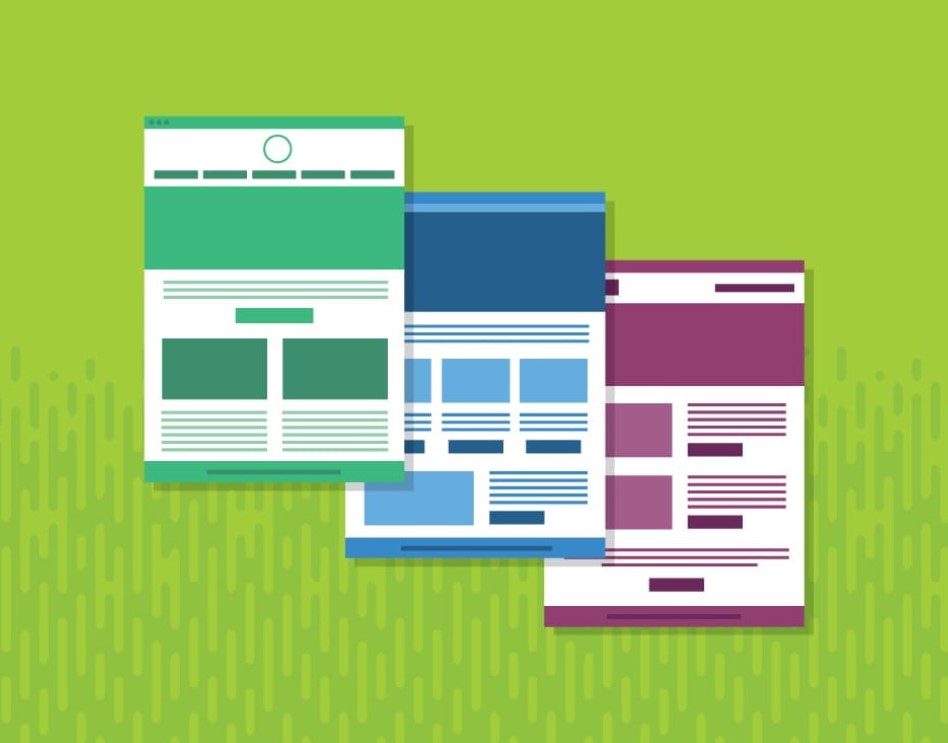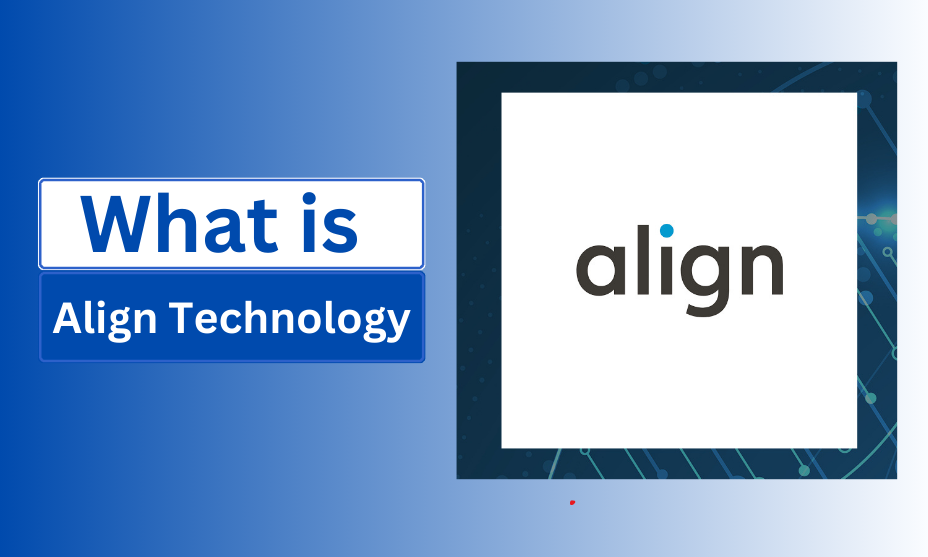Email Design Best Practices

Effective email design is crucial for successful marketing. It captures attention and communicates clearly. One of the ways to do it is by using professionally designed email design templates, which can significantly boost these efforts. This way, you are sure messages will reach and resonate with the intended audience. But what else can be done to make it work? Let’s check out the best practices for email marketing design out there.
What Are Email Design Fundamentals
Effective email design templates starts with clarity and coherence. The layout should guide the reader through the content seamlessly, using well-structured headers, subheaders, and a clean font that enhances readability. Visual elements like images and buttons should be used strategically to direct attention without overwhelming the text. Color schemes must align with brand identity and purpose. Adhering to these email template design best practices ensures that the email looks professional and facilitates better user engagement and message delivery. This foundation is essential for any successful email marketing campaign.
Top 3 Email Template Design Best Practices
Once we have covered the fundamentals, it is good to know the most common working practices. Let’s take a closer look at the top three marketing email design best practices you can implement.
- Prioritize readability and simplicity
Always make sure your content is easily readable. It often includes selecting fonts that are clear and of a suitable size for reading on both desktop and mobile devices. It is recommended to have a simple color palette that often consists of up to 3 colors. This way, you can prevent your email from being too noisy and use whitespace to create a clean layout that doesn’t distract from the message.
- Responsive design
Your email templates must adjust smoothly to different screen sizes and resolutions. This includes automatic resizing of images and text and adjustments to layout elements to make them readable on smaller screens. We suggest using a fluid layout that uses media queries to help achieve flexibility, regardless of the device used to view it.
- Engagement through personalization and visuals
To personalize the content you send to your users, you can start by tailoring content based on user behavior and preferences to increase relevance and engagement. Additionally, use well-chosen visuals that align with your text content so it is not monotone and interesting to read. However, remember to optimize the images for quick loading and do not use overly large file sizes, as this might influence the load speed and, thus, UX.
How to Optimize Your Emails for Better Engagement
To optimize your emails for better engagement, you should focus on things that might potentially capture and hold the reader’s interest. Here, let’s take a look at a few breakthroughs in email marketing design best practices.
Key Elements to Include in Every Marketing Email
- Strong headline. Your email’s headline is the first thing recipients see, so make it compelling and relevant to grab attention immediately.
- Clear call-to-action. Direct and obvious CTAs guide recipients on what to do next, whether it is subscribing, buying, or learning more.
- Engaging visuals. High-quality images or graphics help to make a more appealing, effective email design that nicely supports the text content.
- Personalized content. Tailor your messages to reflect the recipient’s preferences and behavior. It will help you to make the email feel more relevant and targeted.
Steps to Personalize an Email
- Gather relevant data. Collect data through interactions, purchases, and engagement to understand your audience’s interests and needs.
- Segment your audience. Divide your audience into groups based on their data profiles to tailor your approach effectively.
- Tailor your message. Customize the content of your emails to address the specific interests or requirements of each segment. This way you can better the relevance and appeal of your message.
Wrap Up
Using email template design best practices is vital for successful marketing campaigns. These principles help you create clear, engaging, and effective messages, which, in turn, improve interaction and conversion rates. Another good thing is to use well-designed email templates, which can further streamline this process many times, leading to great results in your future campaigns. So, don’t sleep on these practices, and good luck!
For More: Gorilla Over View




